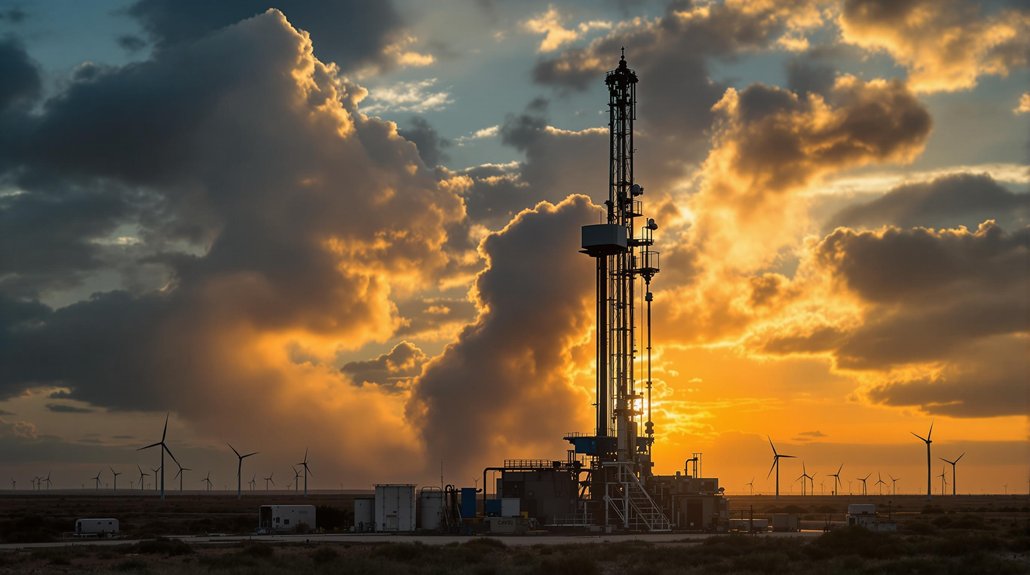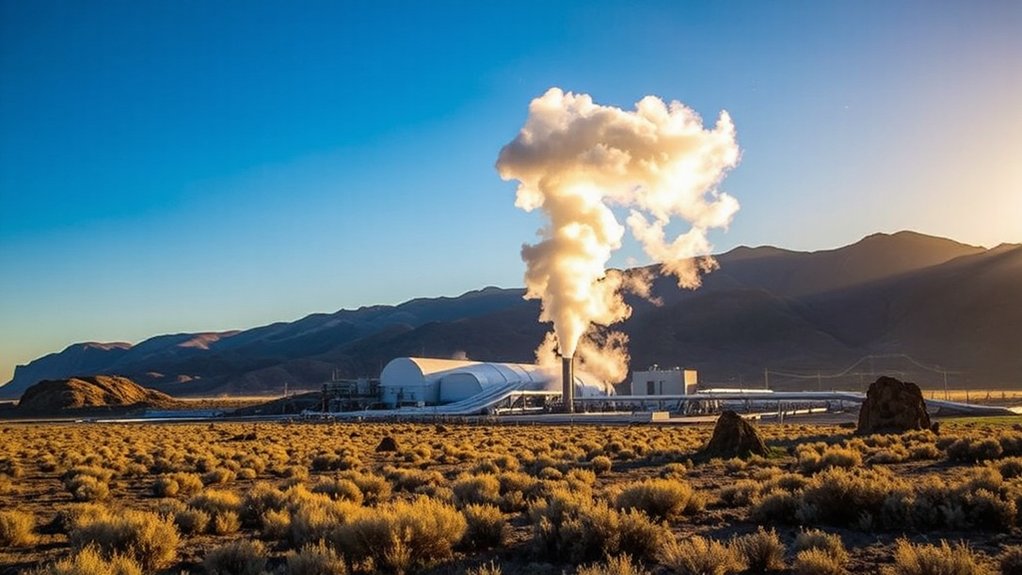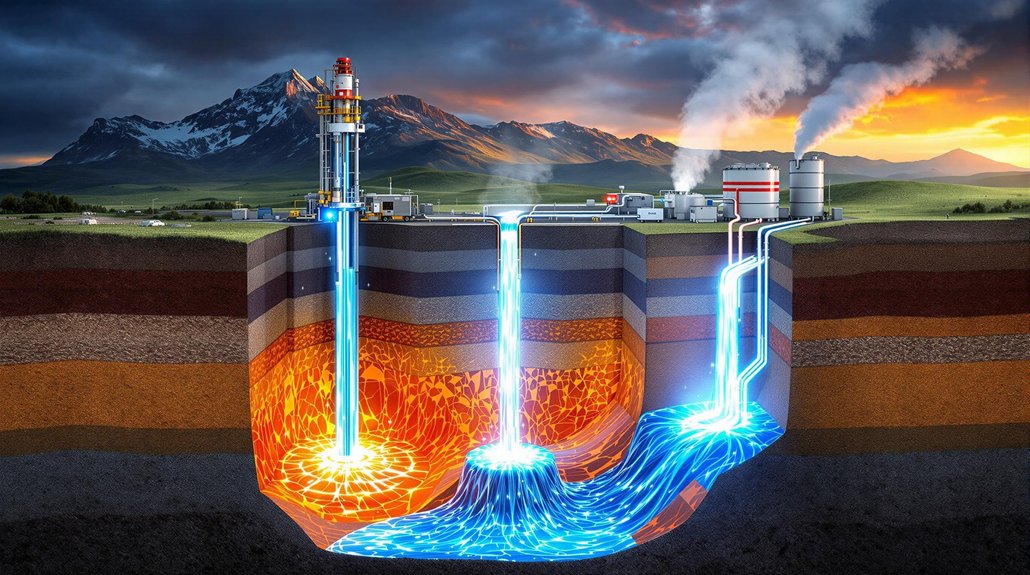Texas’s $5 billion energy fund sits mostly unused. Natural gas projects aren’t working out—they’re too expensive, frankly. Meanwhile, geothermal energy offers a clever alternative. It uses familiar drilling techniques, provides reliable power regardless of weather, and—bonus!—doesn’t trigger the political allergies that solar and wind do. With Texas energy demand skyrocketing 17% in three years, geothermal’s 96% capacity factor might just be the ace up lawmakers’ sleeves.
While Texas lawmakers created a massive $5 billion energy fund last year to shore up the state’s wobbly grid, they might have missed a heat-packing opportunity right beneath their boots.
The Texas Energy Fund, established in 2023 and approved by voters through Proposition 7, was designed to bankroll new power generation—specifically the kind that can switch on when needed. Natural gas was the golden child. But things aren’t going according to plan.
Several major gas plant developers have recently backed away from the fund’s low-interest loans. Turns out, even cheap money can’t fix lousy economics. Over 1.6 gigawatts of planned natural gas capacity have walked away from the table, leaving the fund largely untapped while the state’s energy demands continue to surge 3-5% annually. Awkward.
Meanwhile, next-generation geothermal energy sits on the sidelines, clearing its throat. This isn’t your grandmother’s hot springs technology. Modern geothermal borrows directly from oil and gas drilling techniques to create engineered reservoirs from hot rock—something Texas has in spades, along with the workforce that knows how to tap it.
The beauty? Geothermal delivers steady, dispatchable power that doesn’t depend on whether the sun’s shining or wind’s blowing. It’s reliable baseload energy, exactly what the Legislature claims to want. Advanced nuclear technology development is also expected to take years, emphasizing the necessity for diverse generation approaches.
Geothermal offers what Texas craves: always-on power that works regardless of weather conditions.
Senate Bill 2627, which implements the fund, doesn’t explicitly exclude geothermal. It just hasn’t been invited to the party yet.
With Texas facing a projected doubling of energy demand by 2030 and renewable energy sources falling increasingly out of political favor, geothermal offers a politically palatable middle ground.
The Department of Energy is already backing geothermal development through public-private partnerships. With its impressive 96% capacity factor, geothermal energy provides round-the-clock power regardless of weather conditions, making it an ideal solution for grid stability. Texas could follow suit by expanding the fund’s eligibility criteria to include this emerging technology. The state’s grid has experienced a 17% increase in power demand from 2021 to 2024, underlining the urgency for new generation sources.
As more gas projects bail and grid pressure mounts, Texas officials might soon realize that the reliable energy answer they’ve been searching for has been right under their feet all along.
References
- https://liftoff.energy.gov/next-generation-geothermal-power/
- https://www.texastribune.org/2025/03/06/texas-legislature-energy-renewables-power-grid/
- https://www.latitudemedia.com/news/high-risks-costs-prompt-withdrawal-of-four-more-texas-gas-plants/
- https://comptroller.texas.gov/economy/fiscal-notes/infrastructure/2024/energy-wrap/








